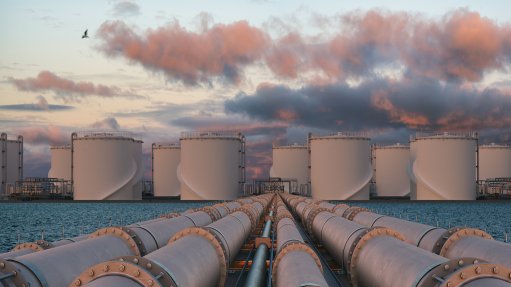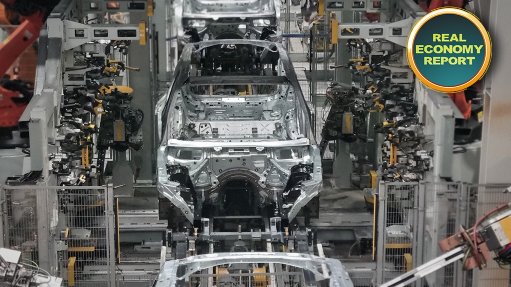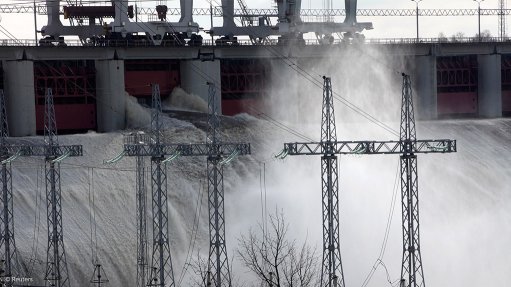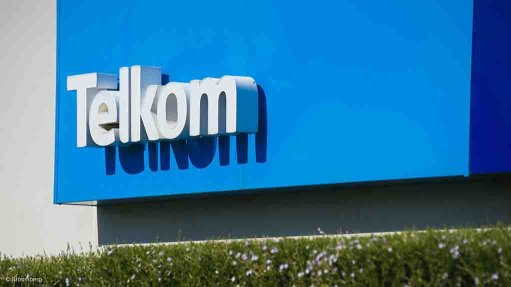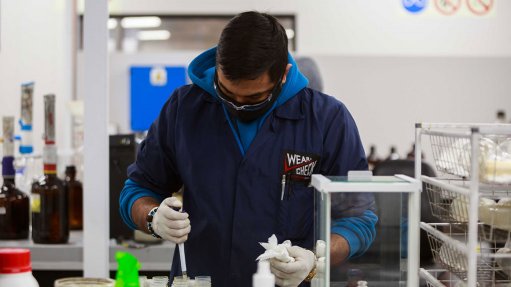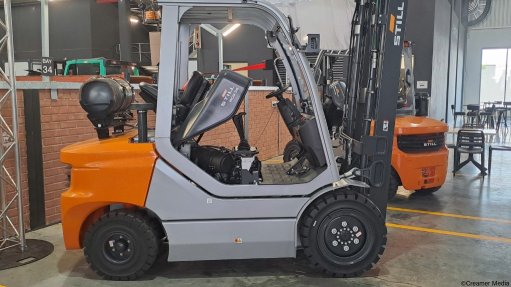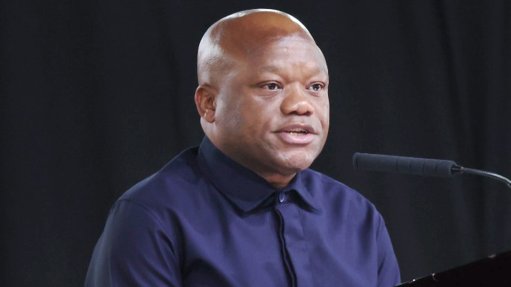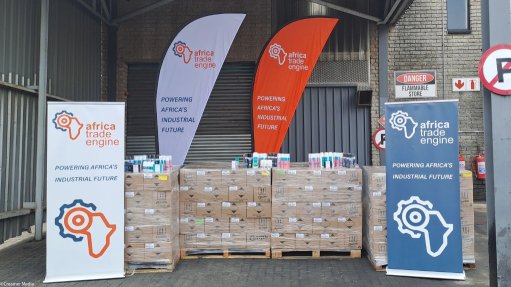Gautrain Management Agency’s shift in focus leads to overhaul in extension plan

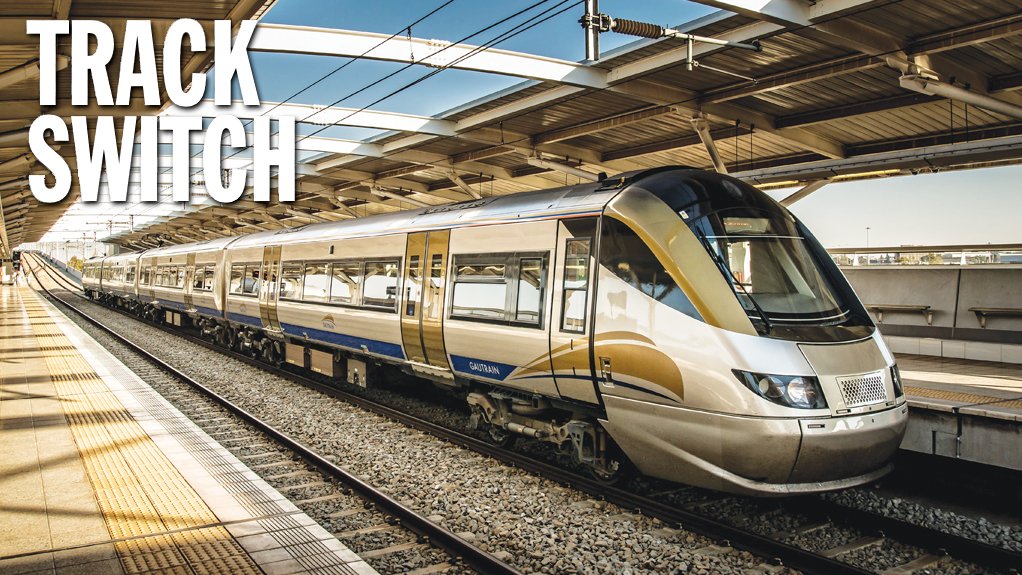
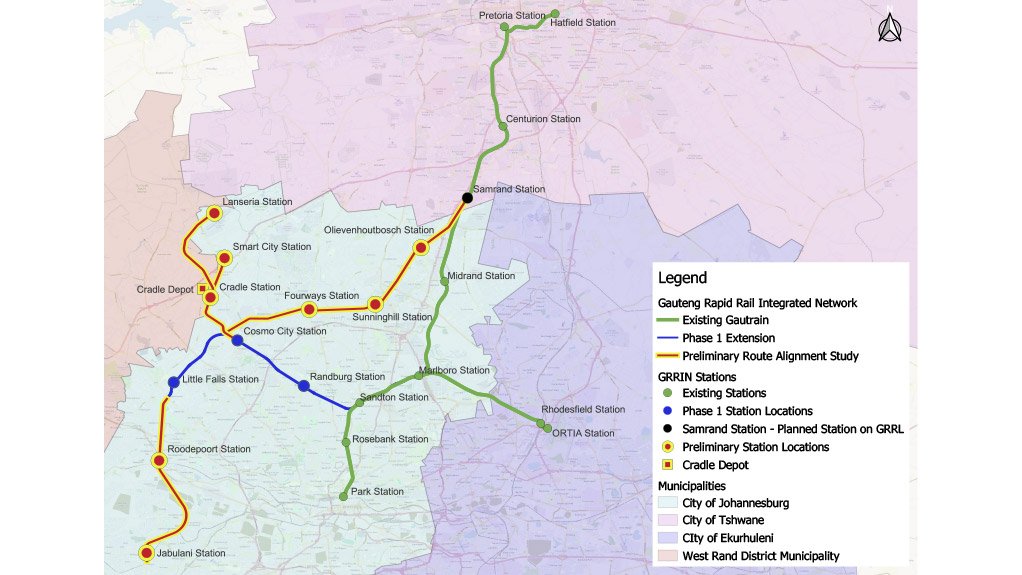
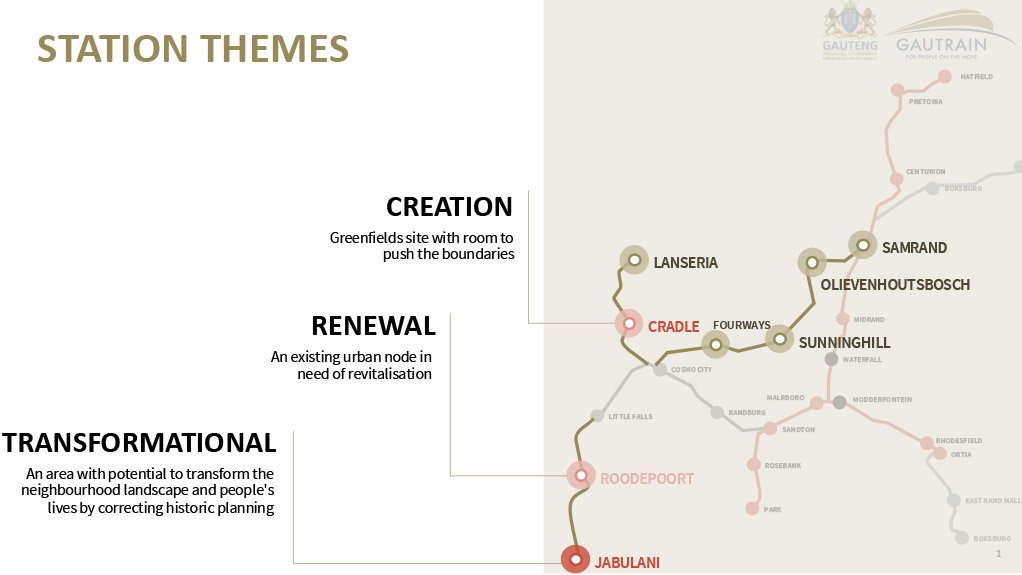
Extensions map
The GMA is also pursuing a new strategy for its stations, hinged on the pillars of transformation, renewal and creation
The Gautrain Management Agency (GMA) is pursuing a new strategy to play a broader role in the country’s transport ecosystem and align to the province’s 25-year Integrated Transport Master Plan (ITMP) 2025, which envisions a passenger rail network as the backbone of Gauteng’s modernised and integrated transport system.
The GMA was established to manage, coordinate and oversee concession agreements for the Gautrain, and to assist the province and other State entities in realising their integrated public transport and rail-related objectives.
A new approach from the GMA was required to enable this assistance to be properly provided, and to ensure alignment with the ITMP, to which it made notable contributions, CEO Tshepo Kgobe tells Engineering News & Mining Weekly.
The first Gautrain ride left Sandton station for OR Tambo Station 15 years ago, on June 8, 2010. A simulation that guided the formulation of the ITMP has shown that, as predicted in 2017, highway speeds in the province have decreased to about 26 km/h on average per trip, reinforcing the goal of rail becoming the backbone of Gauteng’s transport system, he adds.
Moreover, the simulation has revealed a new problem of traffic becoming localised. Traffic now starts in the suburbs in the mornings, and can last up to three hours, with people trying to leave their local areas and access a trunk route. The reverse then occurs in the evenings, with people trying to leave their workplaces in Gauteng, and getting stuck in traffic in the city for a similar amount of time.
The simulation has also shown that underserved areas go beyond previously identified ones and that ‘desire lines’ have now changed, as the direction in which people are moving has shifted, partially owing to work-from-home changes, as a result of the Covid-19 pandemic.
Moreover, travel patterns have also changed, with commuters seeking direct travel with the fewest transport mode changes possible. Studies have shown that people will abandon a travel system if it has more than two mode changes, Kgobe expounds.
Extension Changes
The findings have necessitated several changes in the GMA’s extension plans for the Gautrain system.
“It is no longer about giving someone the ability to get onto a trunk route, but rather, being able to provide a transit system that collects people within the suburbs,” Kgobe says.
The entity will still build additional trunk routes; however, it will also aim to implement a connecting service to enable people to be picked up in suburbs. Lines into the suburbs could be light rail, rather than heavy rail, while complementary services could be provided in some instances.
An important feature of the ITMP is ensuring that different transport systems complement, rather than compete, against each other, and the GMA’s plan of going into the suburbs has driven focus to this, notes Kgobe.
The new lines that the GMA will build as part of its extensions plans will also aim to provide more direct routes to outer areas, rather than only to main areas within cities, which necessitates mode changes and compounds congestion.
In response to the insights from the simulation, the GMA also undertook a new prefeasibility study for a wider network, which was approved in April.
The Gautrain project comprises 80 km of rapid rail network. Initially, the extensions plans envisaged extending the network by another 150 km. However, the study has now shown the need to increase this to closer to 300 km, Kgobe indicates.
The proposed extensions were initially from Marlboro station to Little Falls station through Sandton, Randburg and Cosmo City; from Little Falls towards Roodepoort and Soweto; from Cosmo City to Lanseria; and from Cosmo City to Samrand through Fourways.
This has now been extended to include more areas, including Mamelodi, Alberton, and Springs, as well as a more deliberate focus on areas in Pretoria East.
Once approval for the reworked extensions from the National Treasury has been received, which is anticipated to be in the next six months, implementation is expected to begin. The extensions would be undertaken in a phased approach to ensure a sustainable development pipeline and long-term skills development. It is also predicated on the inclusion of private funding, which is in process, Kgobe informs.
The social impact of the increased extensions is much bigger than that of the original lines, and this needs to be considered. The GMA has started with preliminary engagements and is trying to find the best solution with affected stakeholders, he adds.
Also, many of the new lines would be underground, as the social impact of building these directly towards certain suburbs, above ground, was not feasible.
Strategic Response
The GMA is also pursuing a new strategy for its stations, hinged on the pillars of transformation, renewal and creation.
For transformation, the GMA has identified nodes that are already established hubs but require some improvements and new developments to thrive. It is envisaged that such nodes, with the addition of Gautrain stations and other developments, would “boom”, Kgobe asserts.
The restructured GMA, leveraging its new property business, and working with private sector partners for funding, will undertake this work.
As previously reported by this publication, the GMA was restructuring for full commercialisation, which entailed having its own property business, a licensing agency and a project delivery management company with a consulting and advisory business.
Commercialisation roll-out is under way, with the GMA finalising its new structure this year, and putting it in place for long-term implementation, says Kgobe.
“As the GMA, we are saying: Let’s move jobs into the development areas. Let’s create commercial hubs where people can work. Let’s move knowledge workers from the inner core, into these new cities that we are creating and transforming.”
The planned station in Jabulani, Soweto, is an example of such transformation, as this “vibrant” node already has a mall, hospital and theatre, and developing the station and making other improvements in the area could engender a city on par with Sandton, Kgobe highlights.
For renewal, the GMA has identified nodes that are in poor condition and need to be rebuilt, with discussions under way on how best to undertake this.
For example, it is envisaged that the addition of a Gautrain station in Roodepoort, with its struggling city centre, would renew the area, says Kgobe.
The GMA is aiming to emulate what it achieved in Rosebank, which was said to have benefited from the establishment of a Gautrain station.
“The role of the Gautrain as a catalyst for economic development cannot be minimised. Over the past 15 years, the positive multiplier effects of the Gautrain include stimulating commercial and residential property development around the stations. We have seen a significant proportion of commercial and residential properties mushrooming around Gautrain stations,” Kgobe said in a statement released in June.
Creation entails building from scratch and using a Gautrain station to create new hubs.
For example, a Smart City Station is being pursued in Lanseria, aimed at future-proofing the extended route so that is does not terminate at Lanseria International Airport and aligns with future development plans for the Greater Lanseria area. This new station is also expected to allow for future rail extension beyond Gauteng for regional integration.
Kgobe highlights that these three pillars enable the GMA to view every station uniquely and consider the impact the GMA intends for each node.
“This enables us to think of the Gautrain as a mode for not only transport but also economic development,” Kgobe acclaims, adding that every line will then become a polycentric economic development corridor.
Provincial Player
The GMA is also exploring how to accommodate high-speed rail projects that are being pursued, such as the Gauteng–Limpopo project.
It requires a plan to deal with how these lines would ‘arrive’ in Gauteng, and this was part of the considerations when the extensions were increased, Kgobe adds.
Leveraging insights from other international cities that have similar systems, the GMA is aiming to design the Gautrain network in such a way that it becomes the arrival point of all high-speed lines converging in the city, without compromising the original system and its service, and allowing for seamless shifts between different modes.
This entails initiatives such as building a second tunnel between Sandton and Marlboro to allow for larger trains to pass through, in addition to building a second station in Sandton to accommodate a train that is bigger than the Gautrain’s current fleet.
It is also crucial to ensure that the Gautrain’s current system continues to function well, and that it is kept updated while these processes occur, Kgobe emphasises.
The GMA is also pursuing a myriad other initiatives to improve the Gautrain, including sustainability, by implementing solar power at stations and exploring the potential of becoming an independent power producer by selling excess power; accessibility by introducing discounted fares for relevant market segments, such as the recently launched KlevaMova product that offers low-income earners and students a 50% train discount on certain conditions; and security, with the development of corridor plans that builds on work done to secure Gautrain station precincts.
Article Enquiry
Email Article
Save Article
Feedback
To advertise email advertising@creamermedia.co.za or click here
Comments
Press Office
Announcements
What's On
Subscribe to improve your user experience...
Option 1 (equivalent of R125 a month):
Receive a weekly copy of Creamer Media's Engineering News & Mining Weekly magazine
(print copy for those in South Africa and e-magazine for those outside of South Africa)
Receive daily email newsletters
Access to full search results
Access archive of magazine back copies
Access to Projects in Progress
Access to ONE Research Report of your choice in PDF format
Option 2 (equivalent of R375 a month):
All benefits from Option 1
PLUS
Access to Creamer Media's Research Channel Africa for ALL Research Reports, in PDF format, on various industrial and mining sectors
including Electricity; Water; Energy Transition; Hydrogen; Roads, Rail and Ports; Coal; Gold; Platinum; Battery Metals; etc.
Already a subscriber?
Forgotten your password?
Receive weekly copy of Creamer Media's Engineering News & Mining Weekly magazine (print copy for those in South Africa and e-magazine for those outside of South Africa)
➕
Recieve daily email newsletters
➕
Access to full search results
➕
Access archive of magazine back copies
➕
Access to Projects in Progress
➕
Access to ONE Research Report of your choice in PDF format
RESEARCH CHANNEL AFRICA
R4500 (equivalent of R375 a month)
SUBSCRIBEAll benefits from Option 1
➕
Access to Creamer Media's Research Channel Africa for ALL Research Reports on various industrial and mining sectors, in PDF format, including on:
Electricity
➕
Water
➕
Energy Transition
➕
Hydrogen
➕
Roads, Rail and Ports
➕
Coal
➕
Gold
➕
Platinum
➕
Battery Metals
➕
etc.
Receive all benefits from Option 1 or Option 2 delivered to numerous people at your company
➕
Multiple User names and Passwords for simultaneous log-ins
➕
Intranet integration access to all in your organisation









